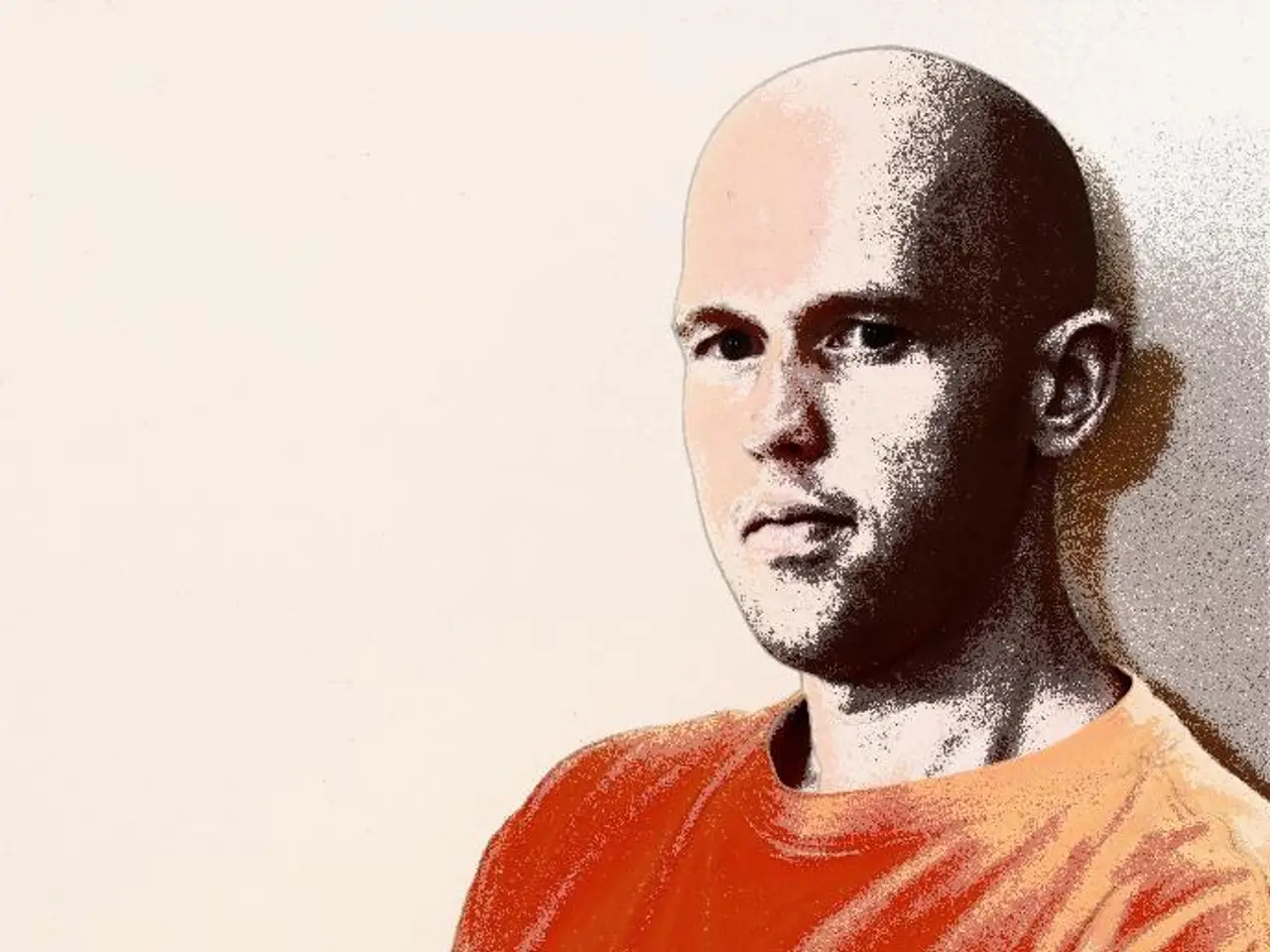Childhood Alopecia: Hair Loss Explained
In a world where appearances matter, children with alopecia areata often face significant psychological challenges as they grow older and become more self-conscious about their appearance. This auto-immune disease, which causes patchy hair loss, can lead to increased anxiety, depression, low self-esteem, social withdrawal, and body image issues, particularly during adolescence[1][4][5].
The psychological effects of alopecia areata can be profound. Heightened anxiety and depression are common, as children worry about the unpredictable, visible hair loss[2]. Reduced self-esteem and altered body image are also prevalent, with children and adolescents feeling embarrassed, older than their age, or less attractive[2]. Social withdrawal is a common response, as many children avoid social interactions, photos, or group activities to hide their condition[2].
Stress, a natural response to these psychological effects, can worsen hair loss, creating a vicious cycle of psychological and physical effects[2]. It is crucial to address these psychosocial factors actively in treatment and support, as illness perceptions and stigma around alopecia areata often have a greater impact on mental health and quality of life than the hair loss severity itself[1][4].
Coping strategies can help children manage these psychological effects. Psychological support through counseling or therapy focused on anxiety, depression, and self-esteem can improve adjustment and wellbeing[1][3][5]. Education and illness perception management, helping children understand their condition realistically and reducing feelings of stigma, can lessen negative emotions[1][4].
Social support and peer groups can also be beneficial, as connecting with others who share similar experiences can reduce feelings of isolation and improve confidence[1][4]. Practical coping aids, such as wigs, scarves, hats, or other cosmetic solutions, may alleviate self-consciousness and increase social comfort[1][4]. Encouraging proactive health behaviours, including adjusting lifestyle, diet, and engaging in stress-reducing activities, may contribute to better psychological and physical outcomes[1][3][5].
Healthcare providers are advised to assess and address these psychosocial factors actively to tailor interventions for children and adolescents with alopecia areata, ensuring better long-term mental health and quality of life[1][4]. If a toddler is experiencing hair loss, it is advisable to consult a pediatrician for a complete diagnosis, as alopecia areata is very uncommon in babies who are less than 18 months of age[6].
In rare cases, alopecia areata can cause a child to become completely bald or cause body hair loss[6]. Older children (ages 6 to 12) may find it difficult to accept having alopecia areata and may experience a lack of self-confidence[6]. Alopecia areata occurs when a child's immune system attacks the hair follicles[6]. Fortunately, most children who have alopecia areata will recover most of the lost hair[6].
In conclusion, while alopecia areata is a challenging condition for children, understanding the psychological effects and implementing appropriate coping strategies can help improve their quality of life and overall wellbeing.
- In addition to the physical aspects of alopecia areata, the accompanying psychological challenges such as anxiety, depression, and low self-esteem require medical-conditions attention during parenting.
- The integration of health-and-wellness practices, particularly mental health and skin-care routines, could provide essential support for children dealing with the psychological effects of alopecia areata.
- As scientific research progresses in the field of chronic-diseases like alopecia areata, it is essential to examine not only the disease's physical impacts but also its influence on a child's social and psychological development.




